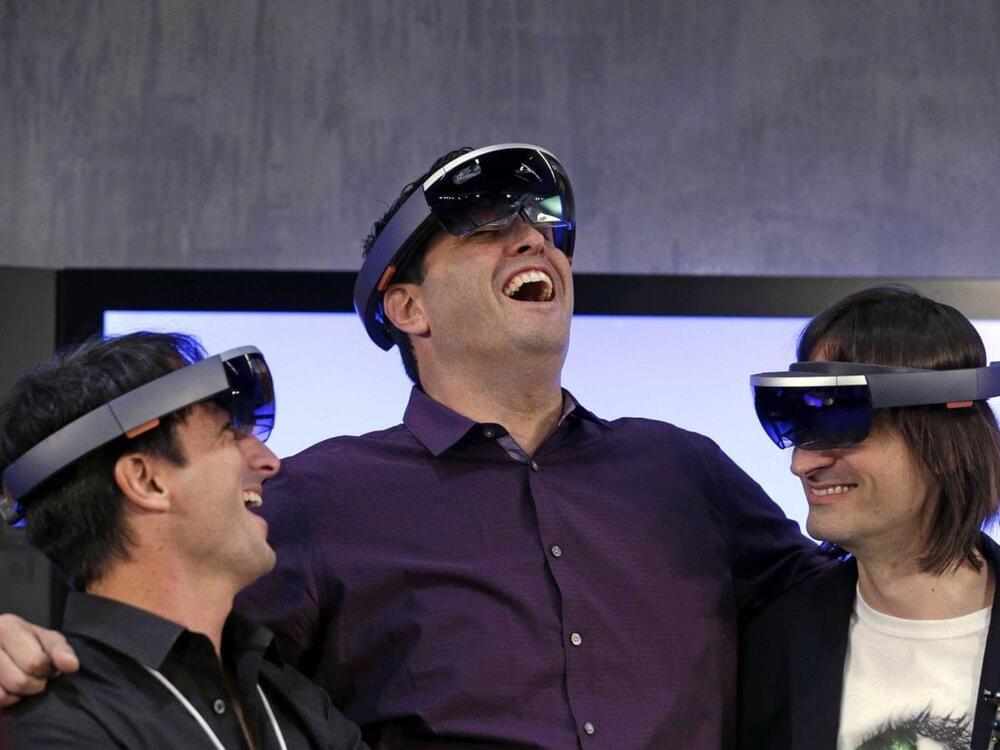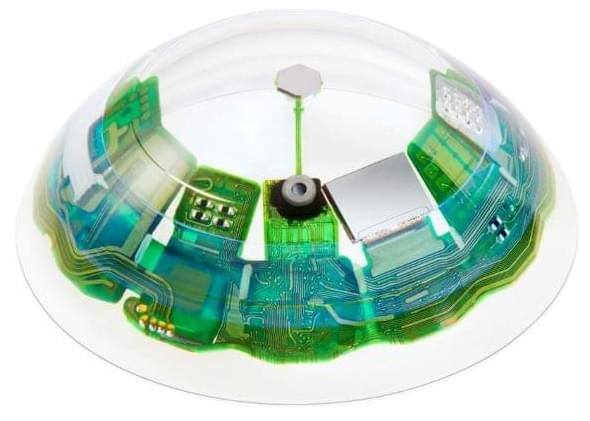Social media company and Snapchat maker Snap has for years defined itself as a “camera company,” despite its failures to turn its photo-and-video recording glasses known as Spectacles into a mass-market product and, more recently, its decision to kill off its camera-equipped drone. But that hasn’t stopped the company from envisioning a future where AR glasses are a commonly used device, and one, as the company revealed on Tuesday’s fourth-quarter earnings call, that will eventually be powered by AI technology.
Investors wanted to get a sense of how Snap was thinking about the latest developments in AI — particularly in buzzy areas like generative A.I. which has benefitted from advances in algorithms, language models, and the increased processing power available to run the necessary calculations. One pointed to the AI image generator Midjourney’s bot for Discord, as an example of how AI could lead to increased user engagement within an app.
Snap CEO Evan Spiegel agreed that, in the near term, there were a lot of opportunities to use generative AI to make Snap’s camera more powerful. However, he noted that further down the road, AI would be critical to the growth of augmented reality, including AR glasses.



 עברית (Hebrew)
עברית (Hebrew)

